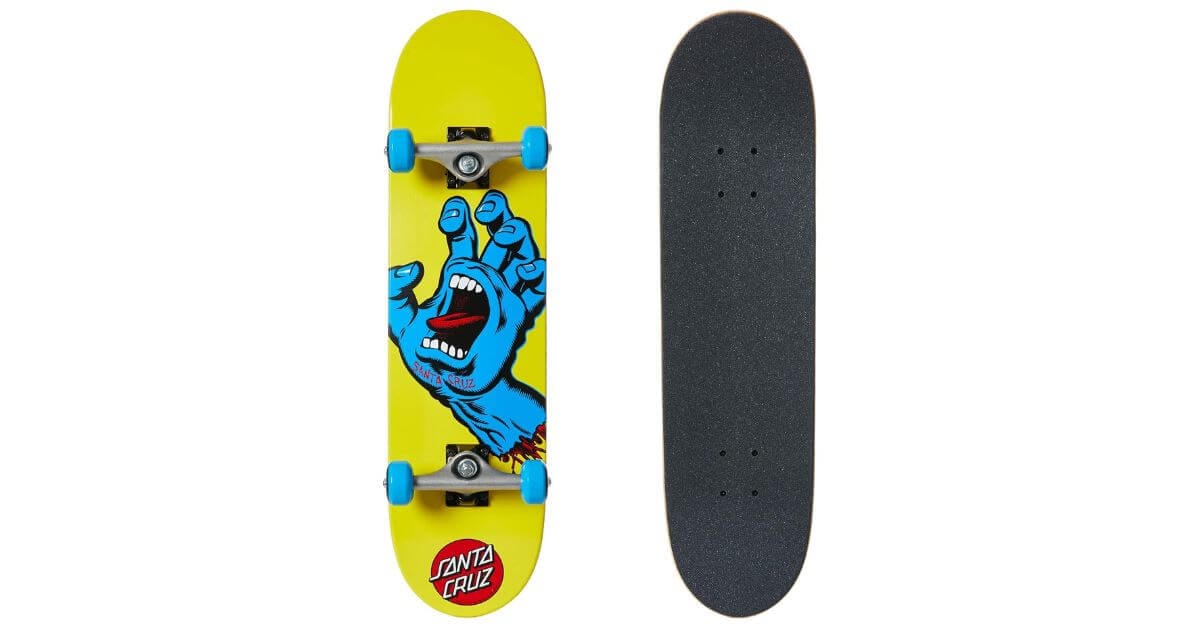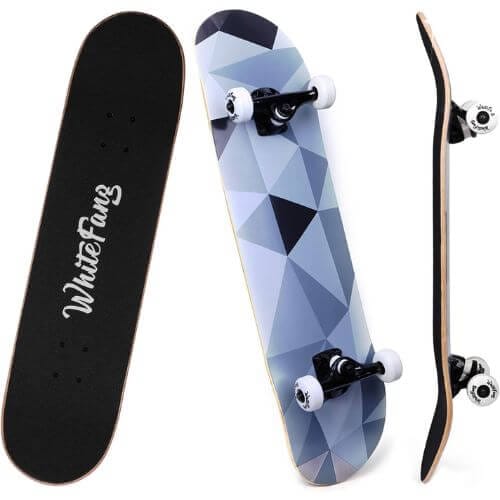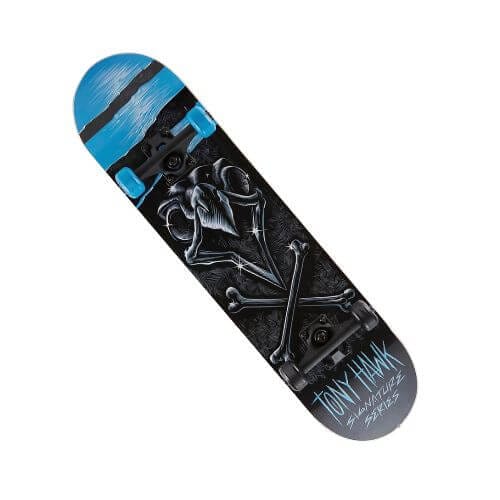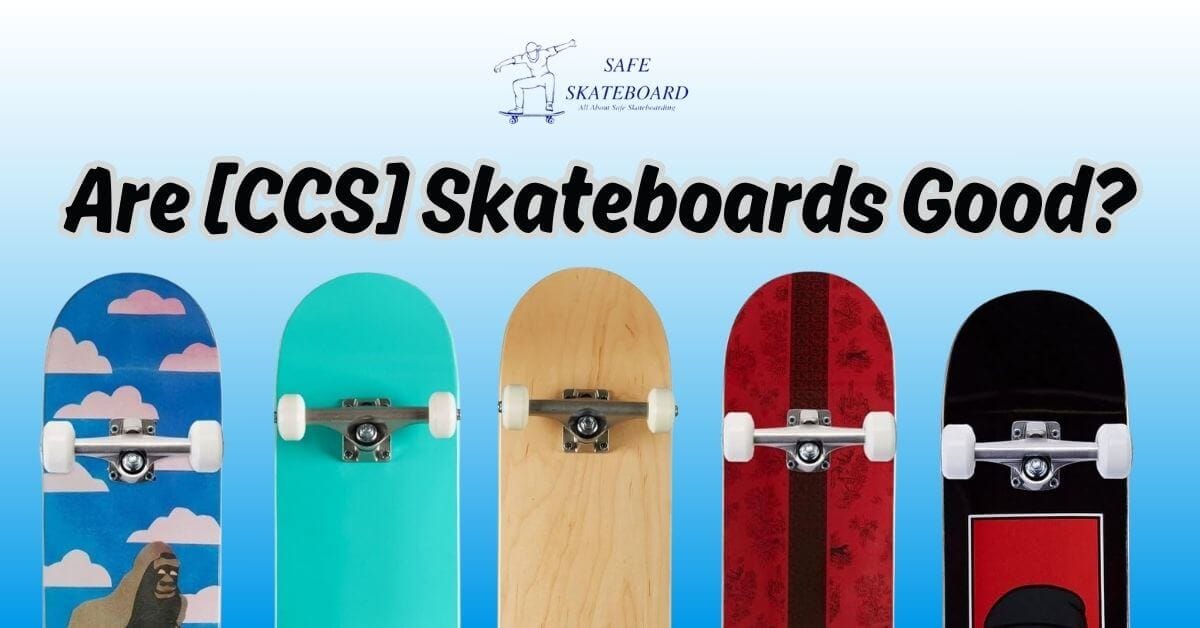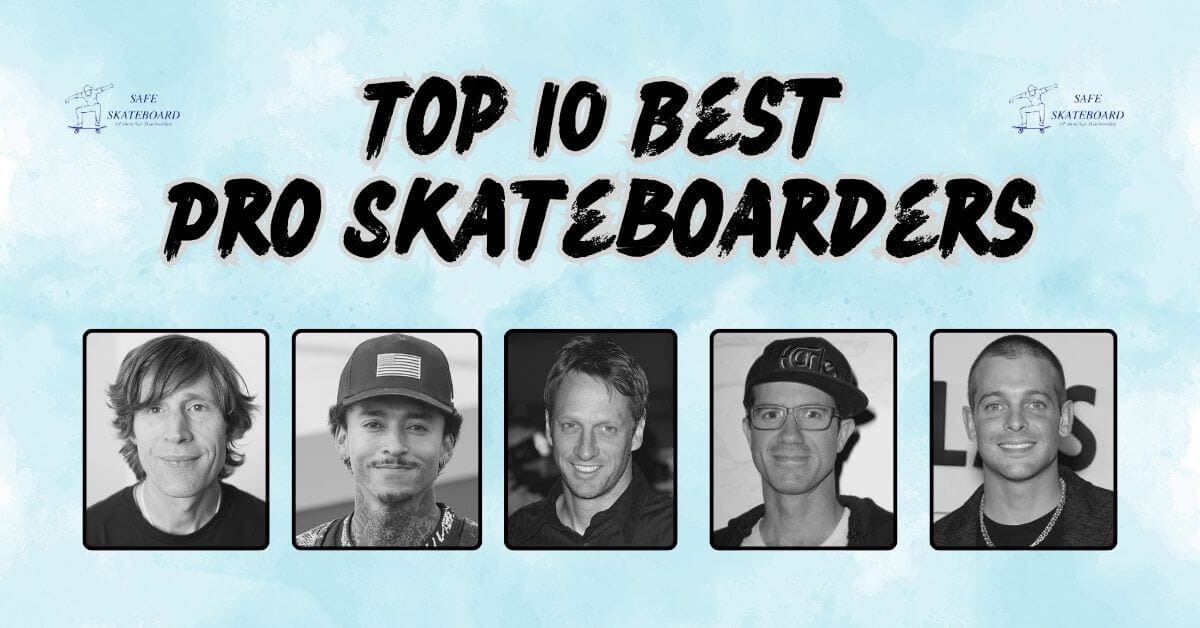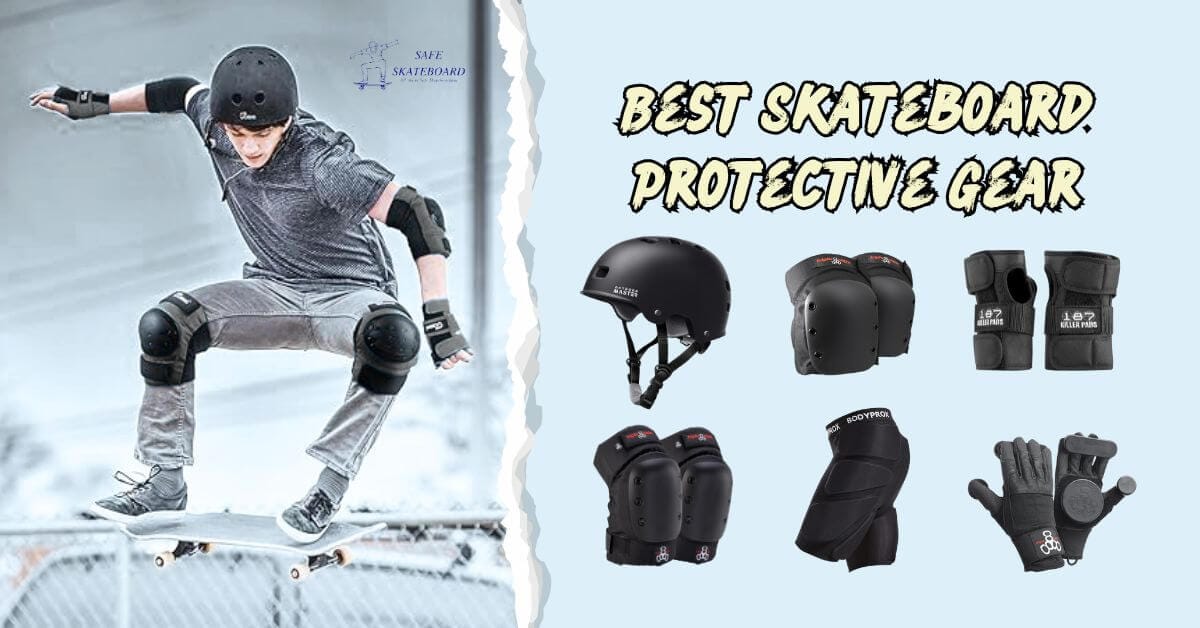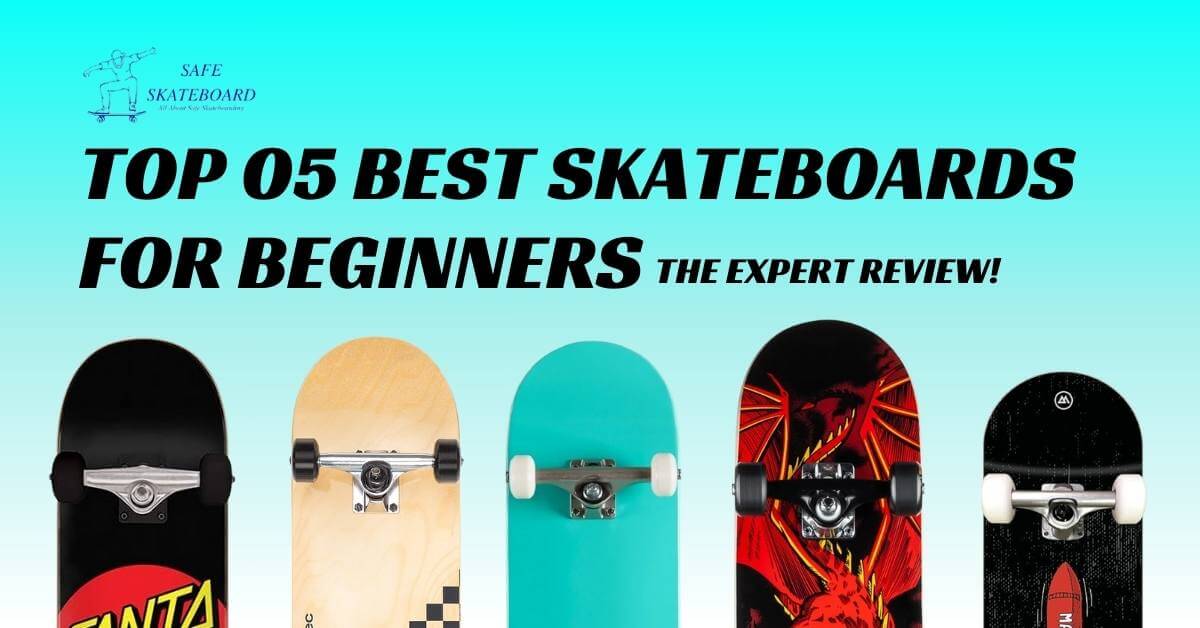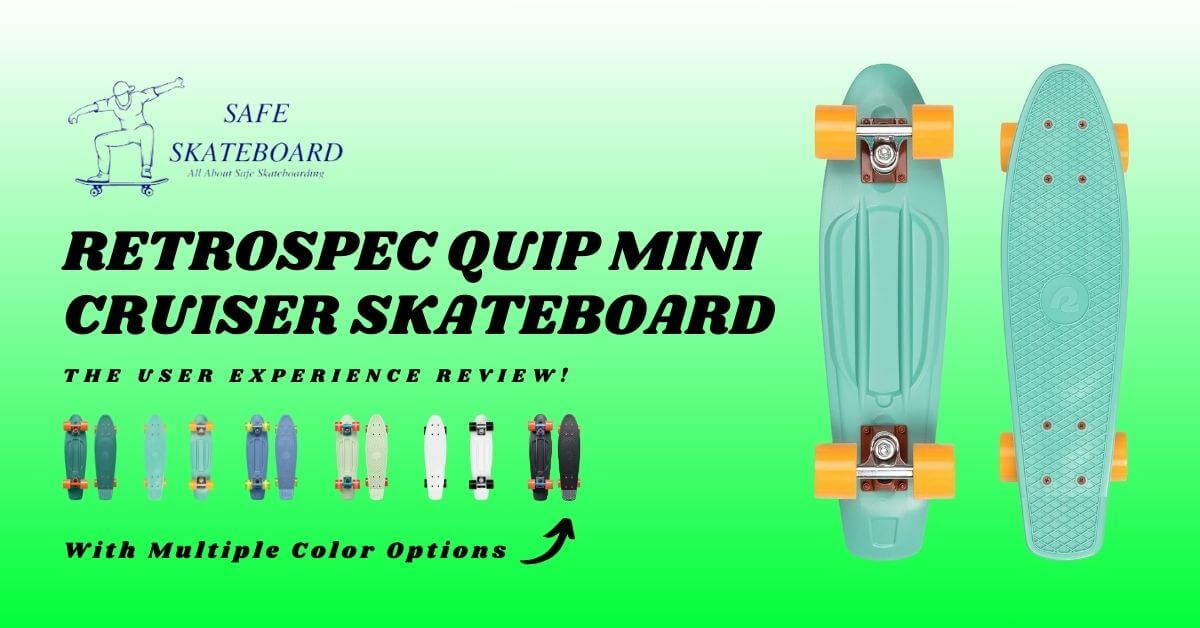Skateboarding is a thrilling sport that requires skill and the right stance to ensure stability and control. If you’re a beginner or an experienced rider, you need to know how to stand on a skateboard properly. Otherwise you can fall from your skateboard!
In this blog post, I’ll explore the different stances in skateboarding and provide factual data to help you find the best position for your feet on the board.
So are you ready to conquer the streets with confidence and style? Let’s dive into the world of skateboarding stances.
How to Stand On A Skateboard for the First Time
Find the Right Skateboard
Before learning to stand on a skateboard, you must choose the right board for your size and skill level.
Also, Look for a deck with good stability and an appropriate wheelbase width (the distance between the trucks)
Place your Feet Correctly
Position your front foot in the center of the board near one edge of it and angle it outwards slightly at about 10–15 degrees.
Your back foot should be around one-third of the way along the tail end of the board, with your toes angled outward slightly as if you were pushing off from a wall.
Push off and Balance
Put both hands on either side of your body to help keep yourself stable during this step, then push off from the ground with one or both feet until you reach sufficient speed.
After that, you can lift them onto either side of your body while balancing on top of your skateboard using the slight pressure exerted by each leg separately, which allows you to maintain control over its movement.
However, you can read this article: How to Push on a Skateboard!
Keep Practicing
The best way to master standing on a skateboard is through practice. Try practicing different techniques, such as riding without holding onto anything, controlling turns, and maintaining speed, all while staying balanced atop your board.
How Can a Right-Handed Person Stand on a Skateboard
If you are new to skateboarding, right-handed, and want to learn how to stand on a skateboard, you must start with the basics and learn skateboarding properly.
First, find a flat surface like a well-paved sidewalk or street and place your board on the ground so the nose points away from you. Stand with your dominant foot (right foot for right-handed people) in the middle of the deck and use your other foot to push off.
Then shift your weight onto your front foot while keeping both feet firmly planted on either side of the board. Once balanced, push off with alternating feet until you gain momentum and can ride comfortably.
Tricks to Stand on a Skateboard For Beginners
Suitable Equipment Selection
Our newbie on wheels should be taking the first and most essential step – selecting the right skateboard! It has to be of a suitable size that fits the rider’s height and shoe size. Choosing a wide skateboard is more advisable for beginners as it offers more balance.
Wearing Protective Gear
Never forget that safety comes first! Wear protective gear like helmets, knee, elbow pads, and wrist guards should never be sidelined. It’s often a common sight to see skaters with scrapes and bruises due to incorrect protective gear use.
Checking Trucks and Wheels
Before getting started, the newbie must always check their skateboard’s trucks and Wheels. They should ensure the wheels are not too tight or too loose and the trucks’ adjustments are suitable for their comfort.
Practicing Indoors
Practicing on a soft carpet or grassy area can help beginners get a feel of the skateboard without the fear of falling off. It’s a safer environment and provides ample cushioning if anyone happens to fall.
Determining the Skating Stance
Is the beginner a regular or goofy foot? Knowing this will help determine their skating stance. A regular stance means leading with the left foot, while a goofy stance means leading with the right.
Foot Positioning
Foot positioning on the skateboard is paramount! The front foot should be diagonally placed somewhere near the front bolts, and the back foot should be on the tail.
Keeping the Body Balanced
Balance, balance, balance! Our newbie needs to get the hang of this. Maintaining a slight bend in the knees and leaning slightly forward can be useful.
Pushing off and Moving
When all is set, it’s time to push! The newbie should push off the ground with their back foot and then swiftly place it back on the skateboard. Humpty Dumpty didn’t have a great fall, and neither will they!
Slowing Down and Stopping
By shifting the foot on the tail down, the newbie can easily take control and slow down their pace. Mastering this will let them stop whenever necessary.
Practice Makes Perfect
Nobody becomes Tony Hawk overnight! Practice is key to mastering the art of standing on a skateboard. With increasing confidence and comfort, beginners will soon be cruising around the neighborhood.
How to Push on a Skateboard
Pushing on a skateboard is an essential skill for any skater. It allows you to get up to speed quickly and easily while providing stability when turning corners or performing tricks. To push on your board, stand with one foot planted firmly in the center.
Push off with this foot in short bursts until you have enough momentum to coast, then switch feet and repeat until you reach your desired speed. With practice, pushing will become second nature and help take your skating skills to the next level!
What Size Skateboard Should I Get?
Generally, Skaters use different types of skateboards depending on their needs, and for that reason, the size of skateboards may vary in different sizes.
But most skaters prefer between 7.5” to 8.5” wider boards to do all types of riding styles.7.5” to 7.75” boards are best to go on, and on the other hand, for long riders, 8” board is best to go on and to do some technical transitions.
What Safety Gear Should I Use When Skateboarding?
Skateboarding is a popular fun game. But it’s more risky to ride. You should wear some safety gear like a helmet, knee pads, elbow pads, and appropriate shoes. Otherwise, a skateboarder can fall into a serious situation and cause some injuries.
How can I prevent skateboard injuries?
To prevent skateboard injuries, you should use some safety gear as you need. Besides, you should use a properly fit helmet. Helmets are the most important piece of protective gear as they protect the head and brain from serious injuries.
Elbow pads and knee pads are also important as they protect the joints from injuries such as fractures and sprains.
Summary
So, do you understand how to stand on a skateboard properly?
All in all, skateboarding can be a great way to have fun, stay active, and even learn some new tricks. It may take some practice to get the hang of it at first.
But you can become an expert skater quickly with patience and dedication. With the right safety equipment and precautions, skateboarding is a safe activity for people of all ages.
So give it a try—you might just find yourself enjoying this popular pastime.



